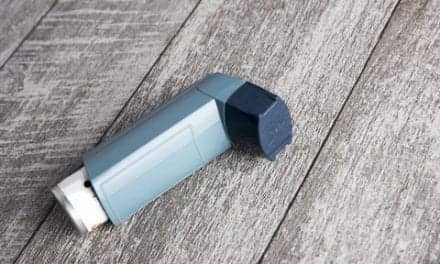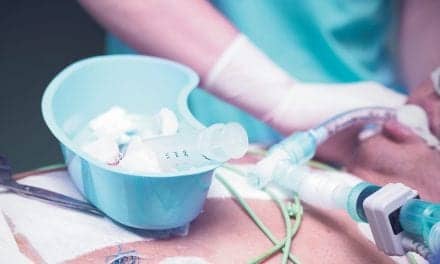A report from Smithsonian Magazine explores the origin story of the asthma inhaler.
In April 1955, 13-year-old Susie Maison asked her father, the pharmacologist George L. Maison, whether there wasn’t an easier way to treat her asthma. Like so many other people with the affliction, she’d been using an awkward squeeze-bulb nebulizer, and she wondered why her medicine wasn’t available in a spray can, “like they do hairspray,” she said. Though nebulizers of that era were more effective than the medicated “asthma cigarettes” previously in vogue, Susie’s father, too, had been frustrated by the cumbersome process of refrigerating the vials of medicine and loading them into the delicate contraption.
Maison was no stranger to innovation. As an Air Force lieutenant during World War II, he planned the first system for aerial rescue behind enemy lines and earned a Legion of Merit award for perfecting the anti-gravity suit. At the Boston University School of Medicine after the war, he developed Veriloid, the first widely distributed prescription drug to treat hypertension successfully.
Now, as president of Riker Laboratories in Los Angeles, Maison was in the rare position to investigate his daughter’s question. He assigned Riker’s lead chemist, Irving Porush, to experiment with the possibility of a pressurized device. At the time, Riker was owned by Rexall Drugs, which did indeed manufacture hairspray. Borrowing expertise on propellants and aerosols from the cosmetics technicians down the hall, and using a recently patented metering valve capable of delivering precise amounts of atomized liquid, Porush created the first metered-dose inhaler (MDI) in just two months. By March 1956, the Food and Drug Administration had approved two new aerosol drugs for asthma, as well as Porush’s device for delivering them.










